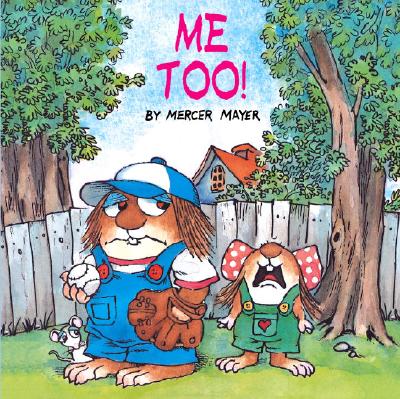Faithful Elephants
Faithful Elephants
by Yukio Tsuchiya
translated by Tomoko Tsuchiya Dykes
illustrated by Ted Lewin
Today the Ueno Zoo is a wonderful zoo and it was a wonderful place before World War II as well. But during World War II is was a very sad place. As the Allied Forces bombed Tokyo more and more, the Japanese Armed Forces ordered that all large animals, that could be dangerous if they escaped, be killed.
Faithful Elephants retells how difficult it was for the three elephants' caretakers to follow through with the army's orders.
This story is extremely sad and demonstrates some of the lesser known consequences of war.
Students would find this story to be quite fascinating and I can see wonderful discussions about right and wrong happening during and after reading.
Published in English: 1988
Genre: Historical Fiction Picture Book
Locations: School Library, and Amazon
Note: This book is considered fiction and non-fiction depending on which library you go to. The Library of Congress considers it to be fiction.
